Is it possible to drink water from the river? Yes, we all do it every day, because the water comes to our taps through pipes from rivers. Of course, it undergoes a complex process of purification using physical and chemical methods, the set of which may vary depending on the river and area. But do you know that nature also has its own filters that effectively clean water from various types of pollution?
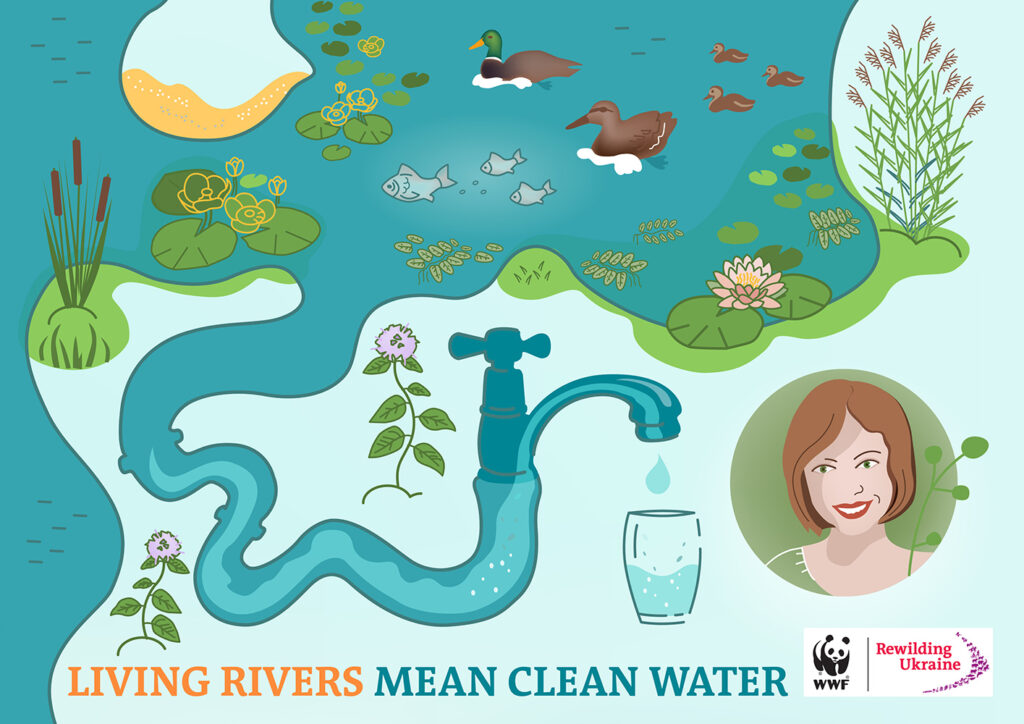
These filters are wetlands – unique natural systems that people often underestimate. Wetlands are shallow areas of rivers, lakes, and sea coasts that are often overgrown with aquatic plants. Wetlands clean water from various types of pollution – soil residues, fertilizers, pesticides, oils and fats, plastics, heavy metals, chemicals, excessive organic matter, and more. We would need many different artificial filters and cleaners to just roughly replicate the work of wetlands.
The most effective filter
Let’s find out how nature copes with this task. Wetlands are densely overgrown with aquatic plants, so the flow slows down and large particles of silt, soil and various substances settle to the bottom and then are bound by the vegetation. You can see with the naked eye how the muddy water of a fast river, passing through the floodplains, becomes transparent and clean. Wetlands filter about 90% of the particles of the river suspension. Together with it, the water is purified from heavy metals and some toxic chemicals that stay in the sediments.
Nitrogen and phosphorus from fertilizers for agriculture and lawns, detergent residues, pet waste, sewage and septic systems, etc. also enter the river. Excess organic matter provokes the overgrowth of some aquatic plants, algae, and cyanobacteria. As a result of such a process, the oxygen content in the water drops sharply, toxic chemicals are actively produced, and fish and other animals die in the river. By the way, you can help reduce the fish kill by using phosphate-free detergents at home. When river water passes through wetlands, excessive nutrients and toxic substances are absorbed by aquatic vegetation and accumulated in less harmful chemical forms as a result of biological processes or prolonged exposure to sunlight.
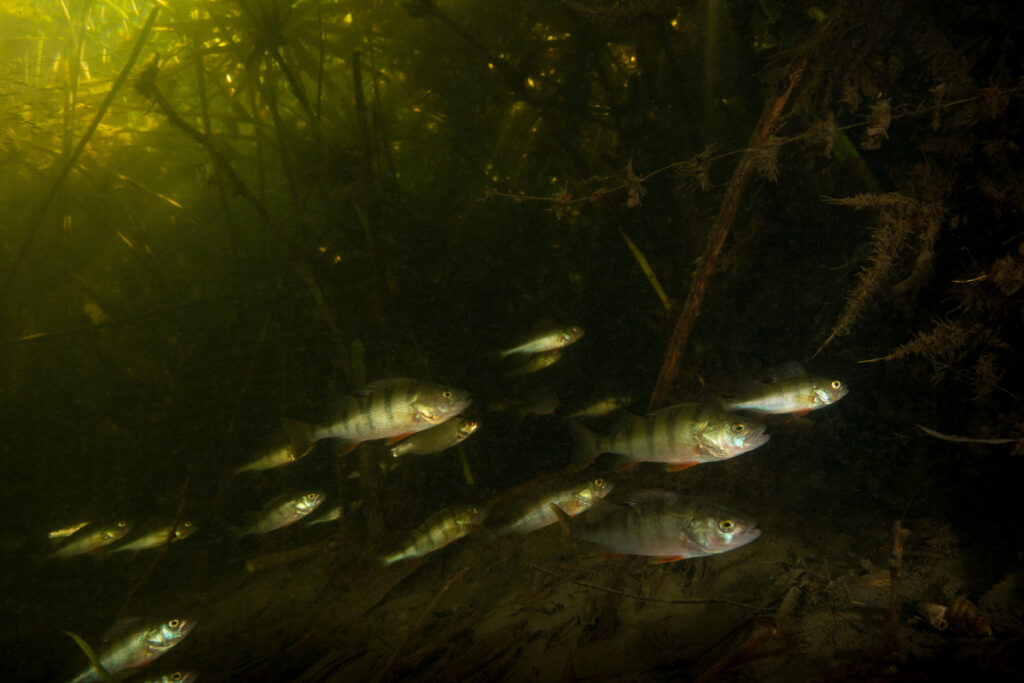
Convenient solutions to inconvenient problems
Wetlands are so effective in removing excessive organic matter from water that more and more cities are building artificial wetlands to treat sewage. This natural solution to the problem is more efficient and cost-effective in the long run. Once created, wetlands perform their task for many years without significant support, unless, of course, the natural system is overloaded. The latter can lead to its destruction. New York City officials have estimated that $ 1.5 billion to $ 6.5 billion can be saved by purchasing and conserving natural systems around nearby water bodies compared to building new treatment plants.
Invaluable natural services
In addition to water treatment, wetlands provide us with many other natural or so-called ecosystem services. Here fish breed and feed, waterfowl nest. In general, about 40% of all species of animals and plants on the planet live or feed here. Wetland vegetation absorbs carbon dioxide, which causes climate change, and releases a lot of the oxygen we breathe. They protect people from floods and storms and mitigate the local climate. In addition, wetlands are an excellent place for recreation and tourism.
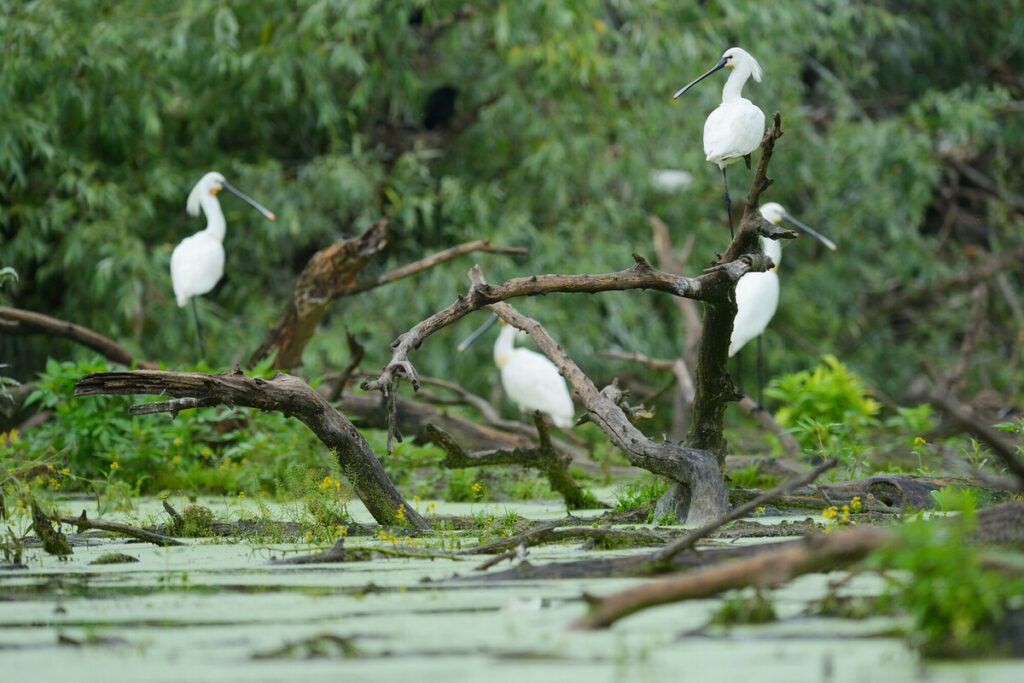
Save and restore for the future
Unfortunately, over the last hundred years, most of the planet’s wetlands have been destroyed, leading to significant deteriorations in the quality of water in our rivers, floods, and other problems. In order to preserve the world’s most valuable wetlands and the rich biodiversity they protect, in 1971 the International Ramsar Convention on Wetlands of International Importance was adopted. At present, the list of wetlands of international importance includes 50 wetlands of Ukraine with a total area of 802,604 hectares. The largest wetlands in the world, the Pantanal, are located in Brazil, Bolivia, and Paraguay.
Restoration of our country’s wetlands will help purify river water to make it drinkable and convenient for irrigation again. The existence of these unique natural systems is threatened by excessive pollution, climate change, and, most importantly, their artificial drainage in order to convert them into agricultural land or free up land for construction. Indeed, these lands are very fertile for some time after drainage, but eventually the soil becomes poorer because the natural processes that provided fertility no longer work. Therefore, these areas are becoming devastated areas of risky agriculture.
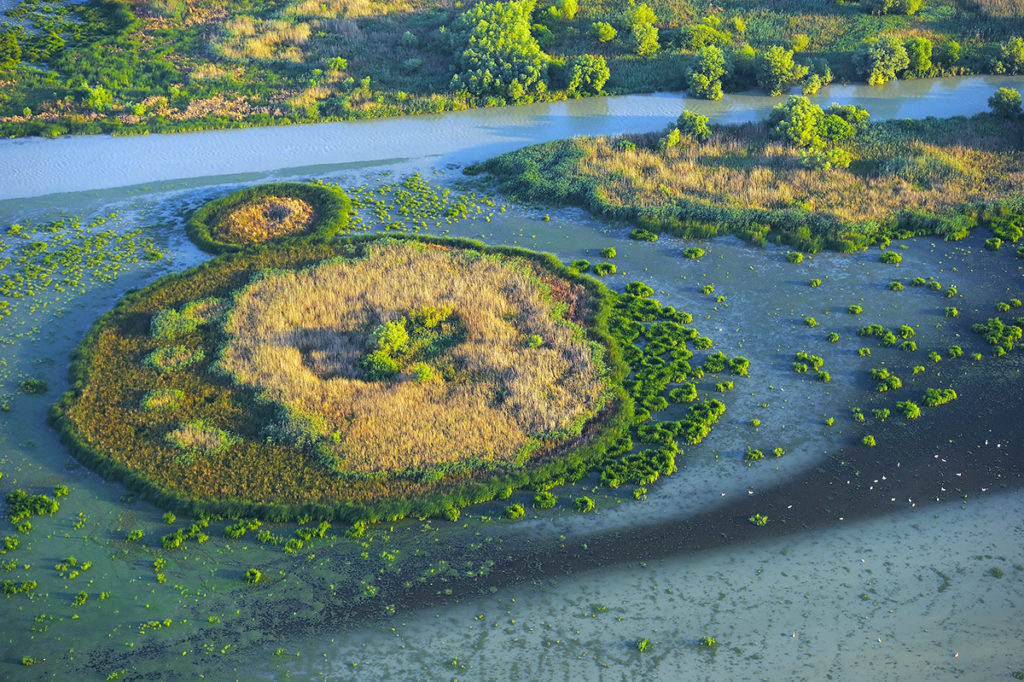
Successful examples give hope
Fortunately, nature can restore what man has destroyed, all that is needed is to allow natural processes to function again and repair altered ecosystems. The restoration of wetlands in the Danube Delta was started by the WWF about 20 years ago. Successful examples of such work are the restoration of the nature of the Small Tataru island near the city of Izmail and Ermakov island near the town of Vilkovo. Within a few years after the demolition of some of the dams around Ermakov, the island became one of the biodiversity richest sites of the Danube Biosphere Reserve. The case was continued by Rewilding Ukraine with the reintroduction of large herbivores to the region, further restoration of Ermakov and the Danube Lakes, and other projects. The two organizations now plan to join forces to continue effective efforts to restore the Danube’s wetlands.
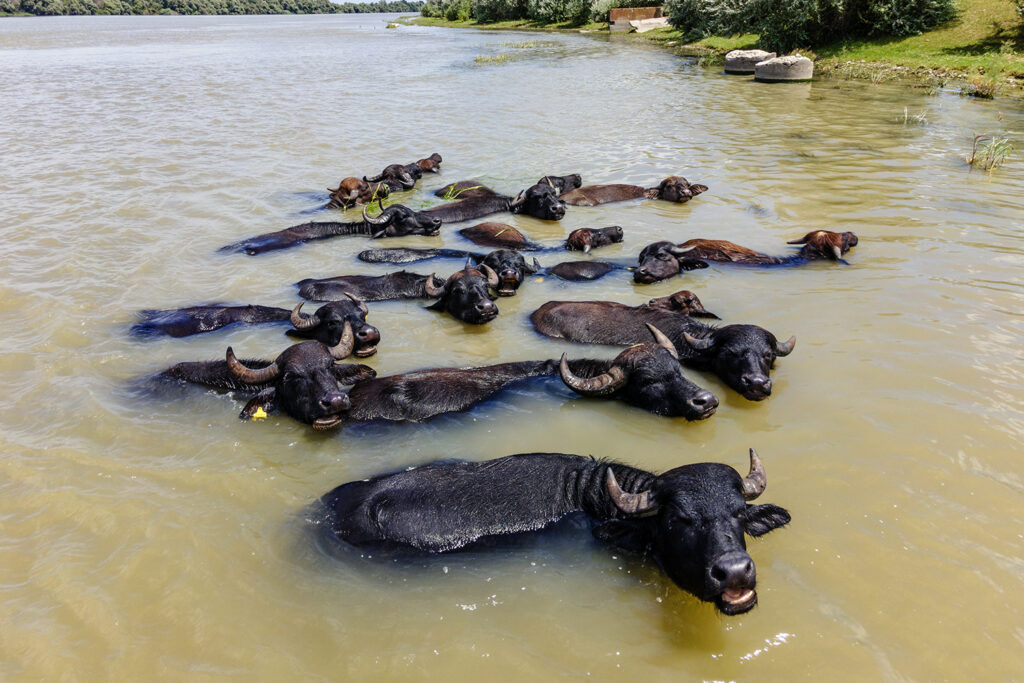
The article is part of a joint awareness campaign of Rewilding Ukraine and WWF-Ukraine “Living rivers are more than just water” which aims to draw the attention of Ukrainians to the value of rivers and wetlands. Read also other thematic articles: Living rivers mean food and commodities, Living rivers mean tourism.